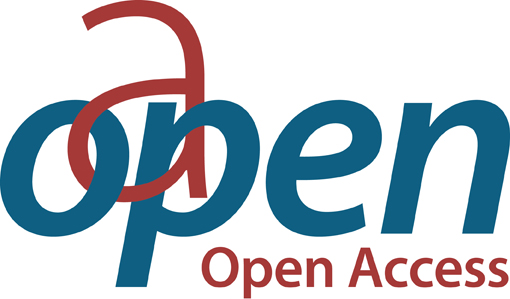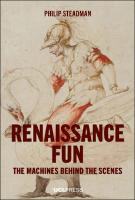Renaissance Fun
The machines behind the scenes
Abstract
Renaissance Fun is about the technology of Renaissance entertainments in stage machinery and theatrical special effects; in gardens and fountains; and in the automata and self-playing musical instruments that were installed in garden grottoes. How did the machines behind these shows work? How exactly were chariots filled with singers let down onto the stage? How were flaming dragons made to fly across the sky? How were seas created on stage? How did mechanical birds imitate real birdsong? What was ‘artificial music’, three centuries before Edison and the phonograph? How could pipe organs be driven and made to play themselves by waterpower alone? And who were the architects, engineers, and craftsmen who created these wonders? All these questions are answered. At the end of the book we visit the lost ‘garden of marvels’ at Pratolino with its many grottoes, automata and water jokes; and we attend the performance of Mercury and Mars in Parma in 1628, with its spectacular stage effects and its music by Claudio Monteverdi – one of the places where opera was born. Renaissance Fun is offered as an entertainment in itself. But behind the show is a more serious scholarly argument, centred on the enormous influence of two ancient writers on these subjects, Vitruvius and Hero. Vitruvius’s Ten Books on Architecture were widely studied by Renaissance theatre designers. Hero of Alexandria wrote the Pneumatics, a collection of designs for surprising and entertaining devices that were the models for sixteenth and seventeenth century automata. A second book by Hero On Automata-Making – much less well known, then and now – describes two miniature theatres that presented plays without human intervention. One of these, it is argued, provided the model for the type of proscenium theatre introduced from the mid-sixteenth century, the generic design which is still built today. As the influence of Vitruvius waned, the influence of Hero grew.
Keywords
renaissance; art; history; theatre; performanceDOI
10.14324/111.9781787359154ISBN
9781787359154, 9781787359161, 9781787359178, 9781787359185, 9781787359192, 9781787359154Publisher
UCL PressPublisher website
https://www.uclpress.co.uk/Publication date and place
London, 2021Imprint
UCL PressClassification
History of art
Renaissance style
Theatre studies


 Download
Download